DCAnoi
The application manages online appointment bookings, but not only that. Inside, the user can view the profiles of doctors to find the one that suits them best, as well as check the clinics in the area to find the one closest to their home. Before booking an appointment, the user can set their preferred conditions using a filter to find the perfect time. Finally, by logging into their account, they can access a personal area where all past or future appointments are stored.
The prototype
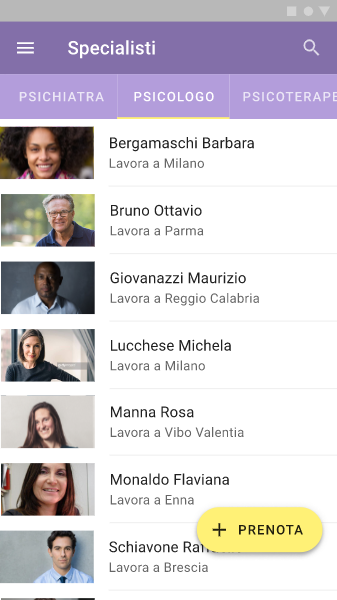
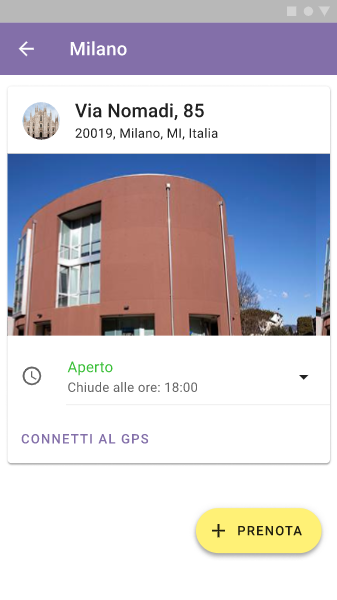
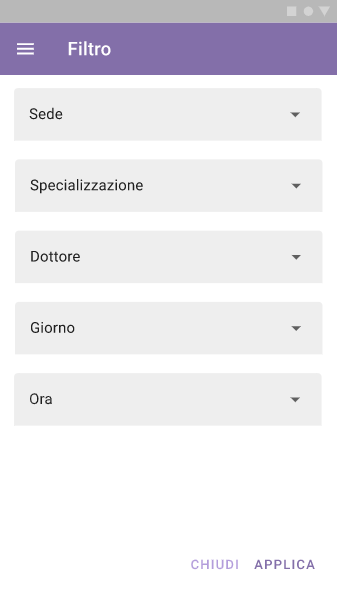
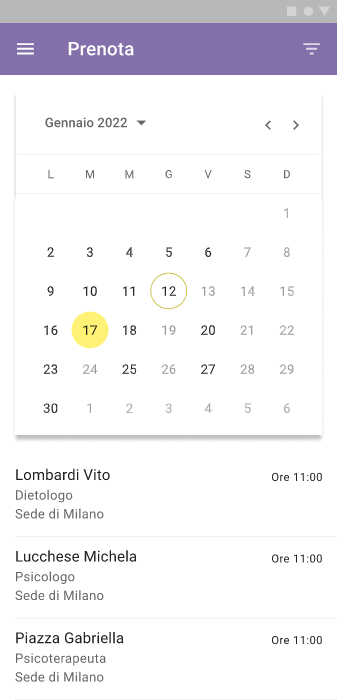
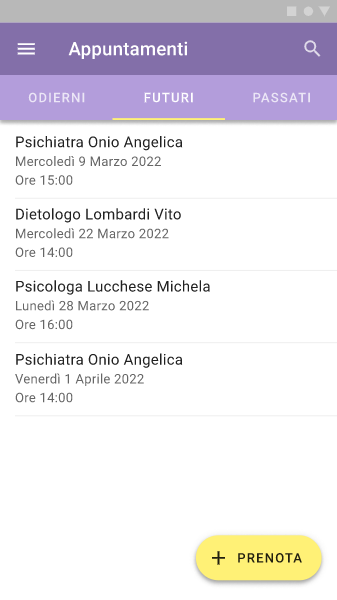
The resources
The process
Domain analysis
Once we chose the theme we wanted to focus on, we needed to study that world better by creating a domain map.
Identifying the pain points
Following a top-down version of the design method, from studying the domain we moved on to identifying the users’ pain points.
The personas and the happiness factors
The pain points were grouped, and from them emerged our personas and their user stories. These latter inspired the ideas that could address each user’s pain points.
Design concept and design system
To summarize the solutions, we first built a design concept without considering aesthetics. Then, using it as a basic structure, we created a prototype with Figma and the Google Material design system elements.